“La Natura è la fonte di tutta la vera conoscenza”
(“Nature is the source of all true knowledge”)
Leonardo da Vinci
I wonder whether we golfers are an endangered species of sorts. It feels like leisure time dwindles with every passing year, and the housing shortage pinches at the boundaries of our playing fields, gaining ground via golf’s lousy reputation for over-manicured courses. Our lives are lived further and further indoors - all screens and air conditioning - and even golf is gradually moving that way, the simulator a year-round ally as the weather outside becomes harder to fathom, and the coast starts to crumble into the sea.
Perhaps the archeologists of the future will unearth - along with some claret-stained teeth and the odd grimacing jawbone - a handful of broken tees and a scuffed Dunlop, and from such scant clues piece together the tale of a tribe who roamed the prairies with their sticks, defeating and chastising themselves at regular intervals. And maybe we shouldn’t fear the extinction, for P.G. Wodehouse was probably right in predicting “that perfect peace, that peace beyond all understanding” that awaits those that no longer walk these paths.
We don’t help ourselves, at times. Stretching out the courses to cope with ever-more powerful weapons and errant missiles, golf spends money like it is casual water, yet there are places - lots of them, when you look closely - where the custodians not only let golf be the wild, natural pursuit the ancients forged, but they proactively ensure it.
This week, another possibly endangered species - the European touring professional - will arrive en masse (or in massa?!) in the Maremma district of southern Tuscany. The PGA National Italy course at Argentario is host to the 82nd staging of the Italian Open, these days a DP World Tour event whose past winners include such luminaries as Langer and Lyle, Norman and Cotton. And, in 1976 at Is Molas, one Baldovino Dassù, who along with David Mezzacane built this course some thirty years after his own triumph.
The resort’s owner, Augusto Orsini, fell in love with the area as a child when on regular family holidays on the Promontorio Dell’Argentario, and in recent years has left no stone unturned in his desire to run the place in a sustainable fashion. This has resulted in the award of the BioAgriCert accreditation, a testament to not only the stringent maintenance practices, but also the various success stories that relate to the flora and fauna of this verdant landscape.
One such example is that of the Northern Bald Ibis (also delightfully known as the Hermit Ibis, or even better, the Waldrapp!), which after three centuries of extinction in northern Europe has of late been seen strolling across the fairways of Argentario, pacing out yardages ahead of the arrival of the defending Marcel Siem and his colleagues. The species remains “critically endangered”, but here they are thriving, and I would much rather wait for the Waldrapp to potter off than for the green to clear.
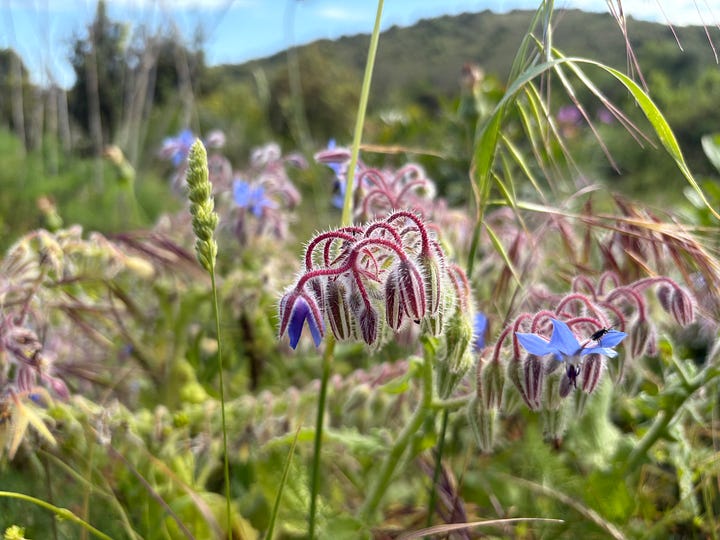
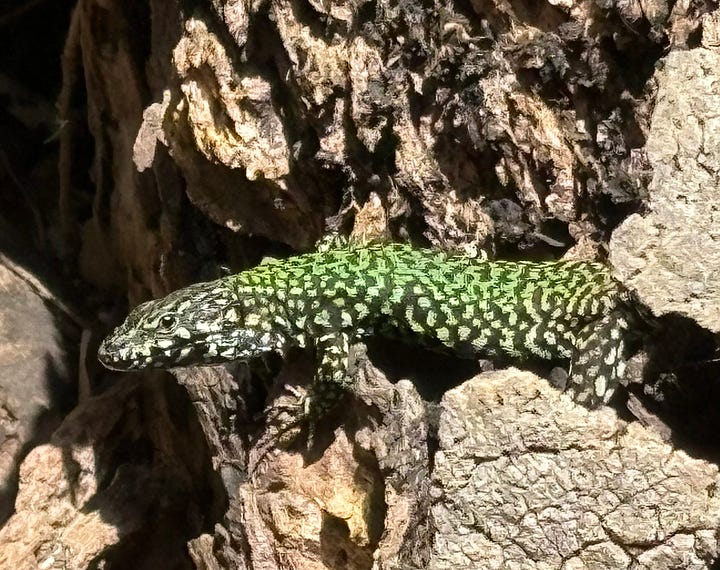
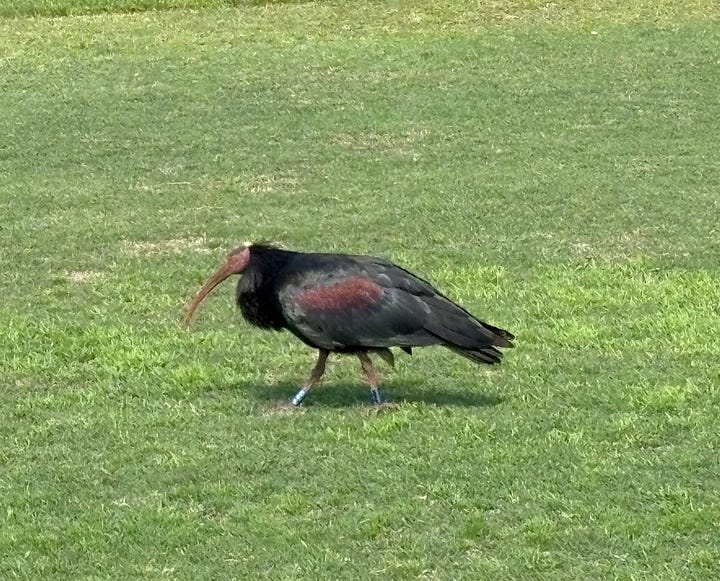

Nearby, Cirl Buntings cast a rattling trill, under the watchful eye of both Little and Great Egrets, though they all look great to me. Beside the rustic pond at the sixteenth, across whose tranquil waters skirt dragonflies of all shades and sizes, a little meadow is lit by gorgeous Borage plants and the most vibrant Poppies. And on the stroll through the dappled corridor to the next tee, a Girdled Lizard peers at me from the rumpled bark of some timeless cork oak.
To care where the next shot goes seems more deranged than usual, and by the time I pick up my ball and prepare to wave goodbye to this Tuscan paradise, I have some small sense of how Mr Orsini must have felt in his childhood exposure to the promontory. For to spend time here is to be immersed in nature, to be connected to this place and its past and its future, and also the rich tapestry of other species whose world we share.
I have spent much of the last year deliberately seeking out the rustic places - golf’s “Common Grounds”, as I think of them - and though my heart yearns hourly for the more basic styles of maintenance and signage, I realise in leaving a sliver of my heart with the waddling Waldrapp that it is far more than just golf that encodes me for such places. It is that these journeys take me back into the nature that da Vinci and Orsini so adored, into contact with souls wiser than our complex human version. The natural world is the ointment that soothed the poets and the mystics alike, and somewhere between the broken tees and the ragged silks, there remains a vast well of the stuff.
I can’t remember too many great golf shots down these decades, to be honest. But I do remember the swirling kites at Huntercombe, and the barn owls at Ganton, and Hollinwell. I’ve waited for sheep and cows and now the odd Hermit Ibis to clear, and had my breath stolen away by the flash of a Kingfisher across Jessie’s Pond at Woking. All of this stays firmly with me, for nature is maybe the teacher I need from hereon, “the source of all true knowledge”, as another Italian visionary put it.
Maybe we are all endangered, and of all the remaining species, the golf writer must be the most critically so, you’d think. But with whatever time I have left, I want to spend most of it outdoors. With a few sticks and a ball, perhaps. And with all of these friends.
It’s only natural.

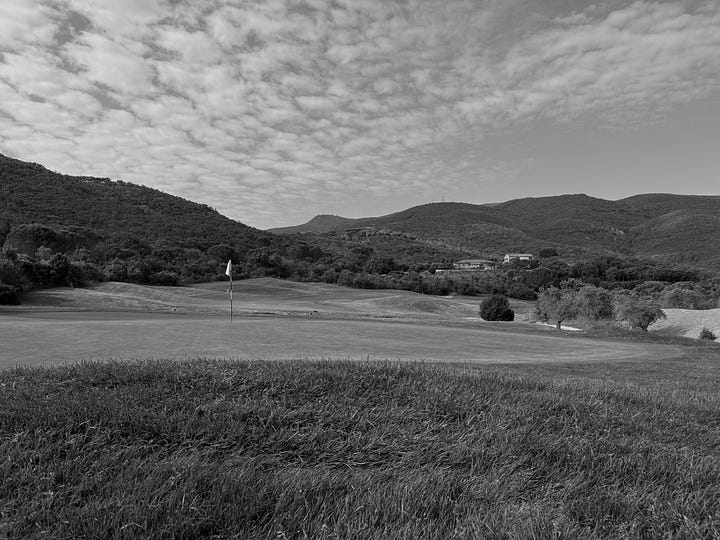
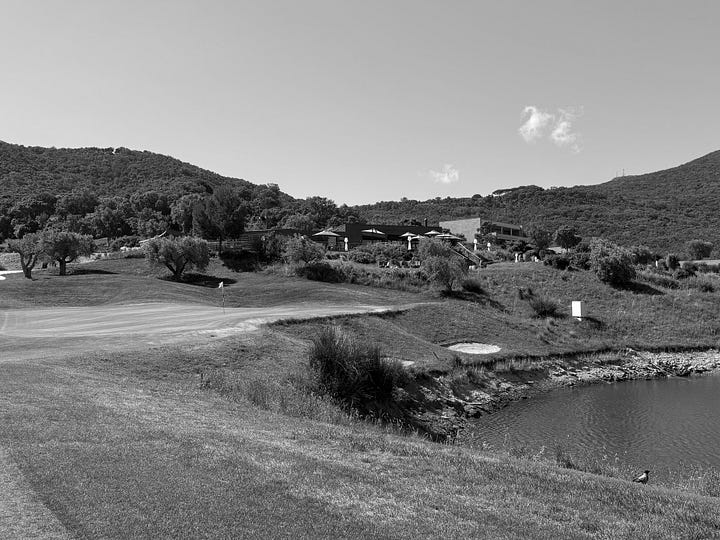
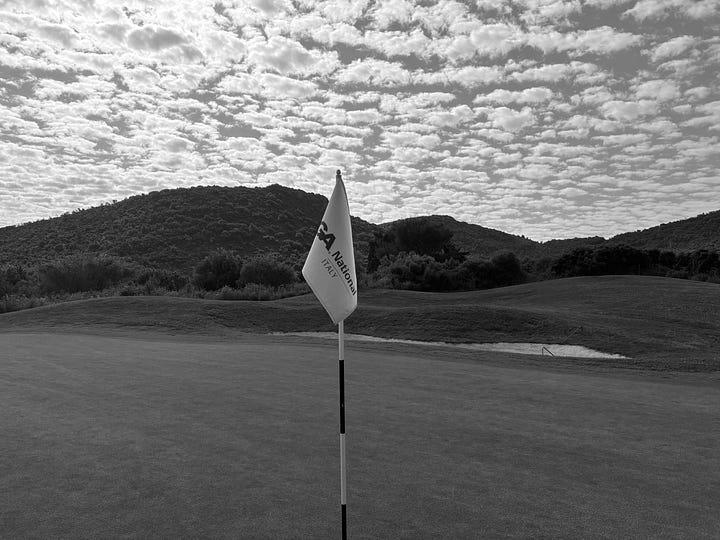





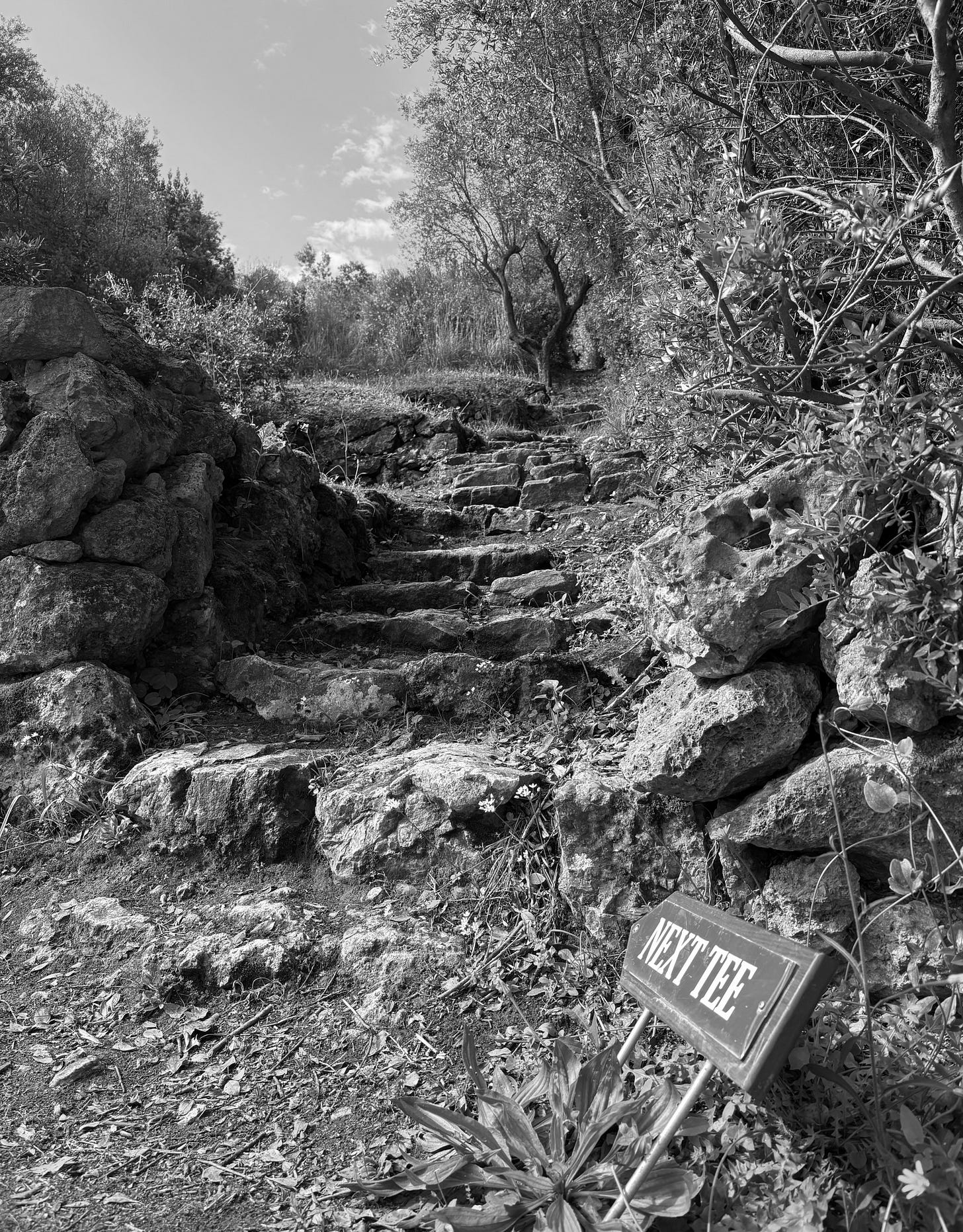
Follow that ball as it bounds away like a cat chasing a mouse, up/down/left/right. Find it and send it off again across the wonderful landscape & listen to those birds. 🙏👏
A lovely venture from one with eyes to see. Many thanks for taking us along. Cheers.